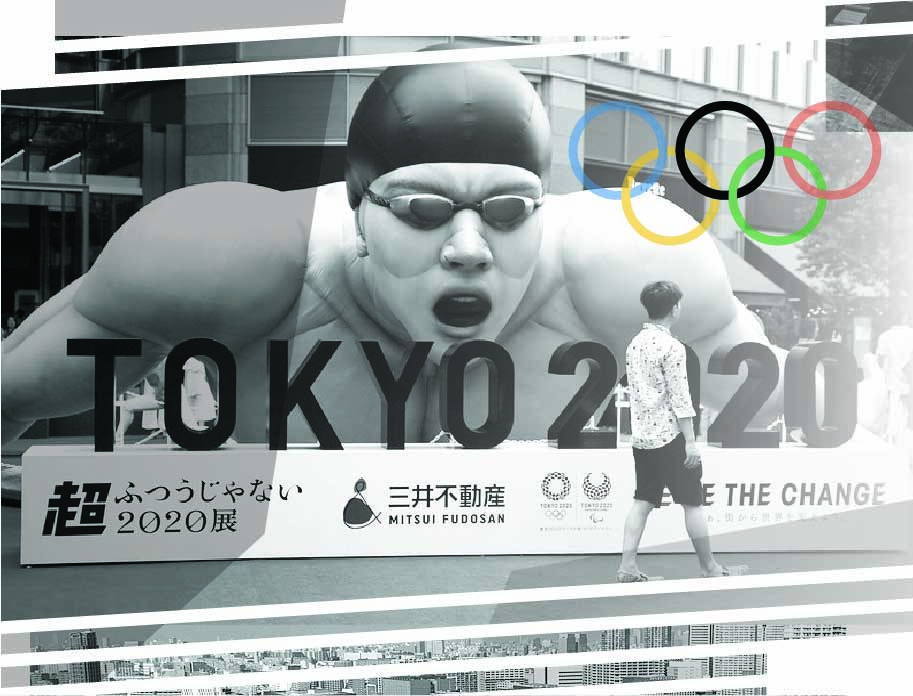
Prof Anne Osborne
Professor in the S.I. Newhouse School of Public Communications at Syracuse University. Her research focuses on gender, sports, and fandom.
Twitter: @anniecosborne

Section 3: Performance & Identity
- ‘The Games they are a-changin’’: footnotes on Olympic athletics in transition post-Tokyo 2020
- Racist slurs, stubborn animals, and colonial fear
- Tokyo 2021 and the LGBTQ athlete
- Transgender participation at the Tokyo Olympics: Laurel Hubbard and a media tempest
- Naomi Osaka bearing the torch for a mixed race Japan
- Tokyo 2020: athlete welfare and coping with new anxieties
- Bodies of change: Women’s artistic gymnastics in Tokyo 2021
- Policing the uniforms and sportswear of Tokyo 2020: Commercialism in the name of competition
- Twitter helps normalize discussions on mental health beyond athletes
- Communication of athlete risk with head injuries in the 2020 Olympics
- The media coverage of the Tokyo 2021 Paralympic Games: Visibility, progress and politics
- Companies escape attention as debate on women’s uniform rages
- It’s complicated: Disability media and the Paralympic Games
- Tokyo Olympics: When athletes are faced with the impossible
A headline on National Public Radio’s website proclaimed, “Canadian soccer player Quinn becomes the first trans and nonbinary gold medalist” (NPR, August 6, 2021). Quinn and their team’s victory is undoubtedly a milestone worth celebrating, as is the inclusion of transgender athletes Laurel Hubbard, a weightlifter from New Zealand, and Chelsea Wolfe, American BMX cyclist. This progress, however, should not obscure the long, troubling history that the Olympics have had with gender nonconforming athletes or its current policy that excluded several GNC competitors from the 2020 games. For example, while Quinn competed and won gold, American transgender runner CeCe Tefler was barred from running in the women’s 400-meter hurdles because she did not meet the IOC’s rules regarding testosterone levels. Similarly, gold-medalist Caster Semenya’s career ended because her body naturally produces higher levels of testosterone than is expected for women, a condition experienced by some intersex women. Though transgender and intersex are not the same, where sport is concerned the rules restricting their ability to compete are reduced to a single variable: testosterone.
Whereas in the past, the IOC has tried to police women’s athletics using physical examinations and later chromosome testing, testosterone is now viewed as the magic ingredient that differentiates male from female—a contention that lacks clear scientific support. Even so, the acceptable levels of testosterone remain ill-defined. The IOC’s current policy on transgender competitors, established in 2015, states that transmasculine athletes can compete in men’s competitions without restriction. Transfeminine athletes, however, must provide proof that their in-serum testosterone levels have been below 10 nanomoles per liter for 12 months prior to their first women’s competition and that testosterone levels remain below 10nmol/L throughout their desired time of eligibility. Where intersex athletes are concerned, the IOC follows World Athletics’ 2019 guidelines. World Athletics maintains that female athletes whose testosterone levels surpass 5 nmol/L have an unfair advantage but only in running events between 400 meters and 1500 meters, therefore, they are barred from those competitions.
For both transgender and intersex women, their bodies naturally produce testosterone above the accepted norm for the average cis-gender woman. The rules, however, allow the naturally occurring level of testosterone for an athlete who was given a male sex assignment at birth but identifies as female to be twice that of a woman competitor who, because of her intersex condition, has high T-levels. Even more troubling is the fact that an intersex individual can be deemed a woman when she is running in the sprint events but not when she is running longer distances. That’s precisely what happened at the Tokyo games. Namibian runners Christine Mboma and Beatrice Masilingi were barred from competing the 400m competition due to their testosterone levels, though they both competed in the 200m, where Mboma won the silver medal and Masilingi finished in sixth place.
During the Tokyo games, IOC officials acknowledged that its gender-policing rules are problematic. The Guardian quoted IOC medical and science director, Dr. Richard Budgett, saying that individual sports federations need to set their own guidelines for transgender athletes. Budgett said,
There is some research, but it depends on whether you are coming from the view of inclusion as the first priority or absolute fairness to the nth degree being the priority If you don’t want to take any risks at all that anyone might have an advantage, then you just stop everybody. If you are prepared to extrapolate from the evidence there is, and consider the fact there have been no openly transgender women at the top level until now, I think the threat to women’s sport has probably been overstated. (Ingle, July 30, 2021)
Budgett stressed that the IOC cannot take a “one size fits all” approach and instead each sport must find its own “sweet spot.” Given that his comments addressed only transgender athletes, it’s unclear from his comments what the IOC’s new approach will mean for intersex athletes. Will they be held to the same standard as trans athletes or will separate rules still apply?
The Tokyo games will be written into the history books as the first games in which an openly transgender athlete won a gold medal. Quinn deserves all the praise and recognition that they have and will receive for that accomplishment. These games, however, also help to highlight how complicated, inconsistent, and troubling efforts to police gender still are. We should celebrate those who broke barriers this year but should also acknowledge the many women excluded from sport largely because sport has traditionally been an arena reserved for the celebration of men. Women who compete at the highest level have always been scrutinized, critiqued, and excluded for not being woman enough.

